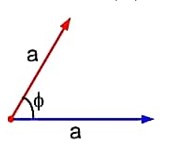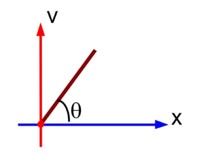Class 11th
Get insights from 8k questions on Class 11th, answered by students, alumni, and experts. You may also ask and answer any question you like about Class 11th
Follow Ask QuestionQuestions
Discussions
Active Users
Followers
New answer posted
3 months agoContributor-Level 10
B' is a set containing sub sets of A containing element 1 and not containing 2.
And C is a set containing subsets of A whose sum of elements is not prime.
so, we need to calculate number of subsets of
{3, 4, 5, 6, 7} whose sum of elements plus 1 is composite.
Number of such 5 elements subset = 1
Number of such 4 elements subset = 3 (except selecting 3 or 7)
Number of such 3 elements subset = 6 (except selecting {3, 4, 5}, {3, 6, 7}, {4, 5, 7} or {5, 6, 7})
Number of such 2 elements subset = 7 (except selecting {3, 7}, {4, 6}, {5, 7})
Number of such 1 elements subset = 3 (except selecting {3, 7}, (4, 6}, {5, 7})
Number
New answer posted
3 months agoContributor-Level 10
V = 2 , n = 0.25 Moles, P = 2 * 106 Pa, R = 8.314 J/mol.k
PV = nRT
T = 1654.7 1655 K
New answer posted
3 months agoContributor-Level 10
t = 0 56 Excess 0
-10 +20
Final 46 20
Vol. of N2 (g) remained unreacted = 46
New answer posted
3 months agoContributor-Level 10
Using concept of calorimeter, we can write
Gain in heat = Loss in heat
New answer posted
3 months agoBeginner-Level 5
Molecules usually form chemical bond through either sharing or through rtransfering the electrons. During covalent bonding the electron pairs shared between atoms to form covalent bond are called shared pair or bond pair. At the same time, the electron pair which is not involved in sharing is called lone pair of electrons.
For example: CH4 has 4 bond pairs but H2O has 2 bond pairs and 2 lone pairs.

Taking an Exam? Selecting a College?
Get authentic answers from experts, students and alumni that you won't find anywhere else
Sign Up on ShikshaOn Shiksha, get access to
- 65k Colleges
- 1.2k Exams
- 679k Reviews
- 1800k Answers



